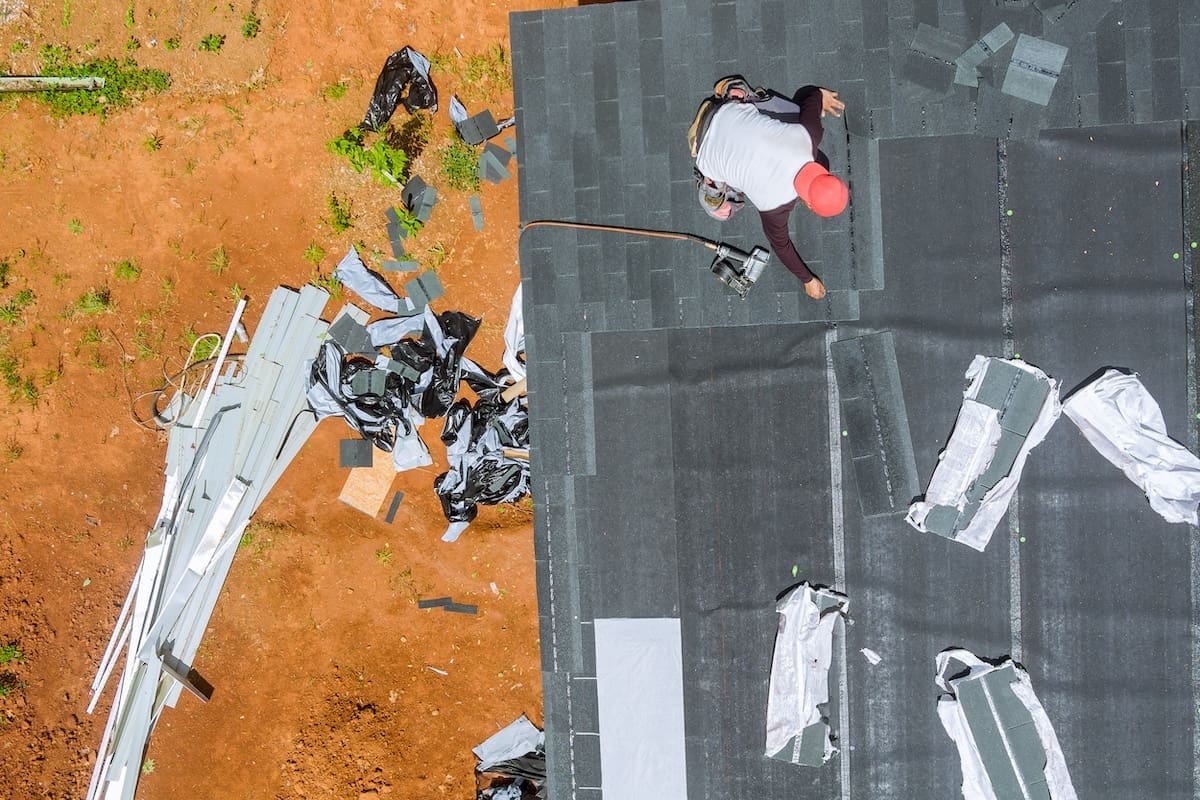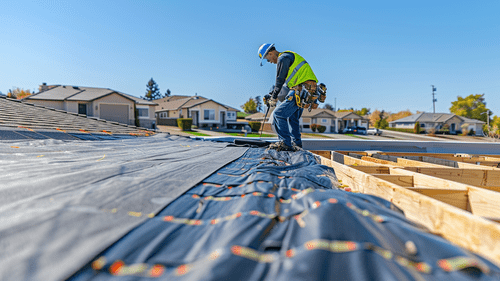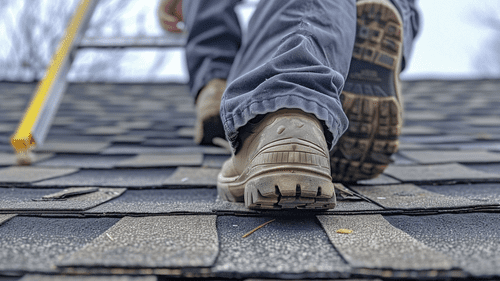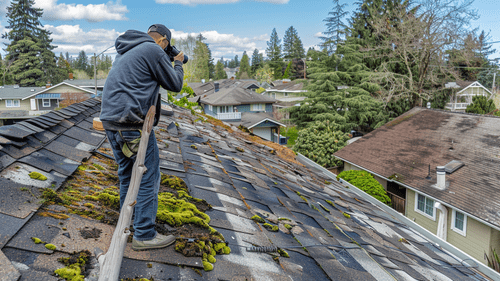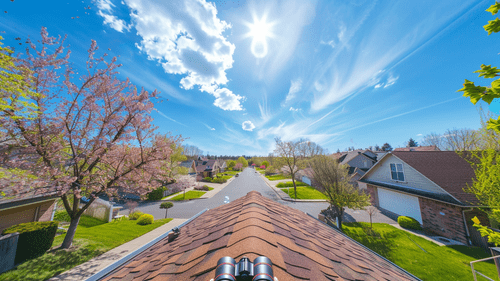Roof insulation plays a crucial role in maintaining a comfortable indoor environment, but how much is it affecting your energy bills? Many homeowners understand the importance of insulation, but they might not realize the full extent of its impact on both comfort and costs. With energy prices on the rise, finding cost-effective solutions becomes essential. This guide will explore how the right roof insulation can keep your home cozy without stretching your budget.
Curious about the condition of your current insulation? You might be surprised at what a professional inspection can reveal. From identifying hidden issues to recommending innovative, eco-friendly materials, our insights will help you make informed decisions. Whether you're considering a DIY approach or opting for professional installation, we'll walk you through the pros and cons of each. As you read on, discover how strategic upgrades can lead to significant savings, all while supporting sustainable practices and maintaining high standards of service and integrity.
Evaluating Your Current Insulation: The Importance of Professional Inspections
Understanding your roof insulation's condition is vital for energy efficiency and cost savings. A professional inspection provides an accurate assessment that is difficult for homeowners to achieve alone. Inspectors use their expertise and advanced tools to uncover hidden issues like thermal bridges, moisture buildup, or material degradation that impact insulation performance. This evaluation helps prioritize areas that need attention, ensuring investments in insulation are strategic and effective.
Common issues found during inspections often include improper installation, material deterioration, and insufficient coverage. These problems can lead to significant heat loss, increasing energy bills and reducing comfort. Identifying these issues early helps homeowners avoid problems such as cold drafts in winter or excessive heat in summer. Expert insights from inspections guide homeowners toward solutions that address current deficiencies and enhance overall insulation performance.
Choosing a professional for this task offers long-term savings and peace of mind. Detailed inspections usually come with recommendations that consider both immediate needs and future goals. By addressing insulation issues comprehensively, homeowners can prevent costly repairs and ensure their home remains comfortable and energy-efficient for years. A thorough inspection provides the necessary information to make informed decisions about insulation materials and methods, aligning with both budgetary constraints and environmental considerations.
Innovative Insulation Materials: Eco-Friendly and Affordable Options
Insulation materials have evolved, offering homeowners a variety of eco-friendly and cost-effective options. Traditional materials like fiberglass and foam now have sustainable alternatives such as cellulose and recycled cotton, which are popular for their environmental benefits and affordability. Cellulose, made from recycled paper, has excellent thermal performance and is treated to resist fire and pests. It effectively blocks heat transfer while supporting recycling initiatives and reducing landfill waste.
Recycled cotton, often derived from denim scraps, is another sustainable option providing good thermal and acoustic insulation. It's non-toxic and easy to handle, making it attractive for those concerned with indoor air quality. These materials offer comparable or superior insulation properties and align with community-focused and ethical practices. They support local recycling efforts and reduce the carbon footprint from manufacturing and transporting conventional insulation materials.
When analyzing costs and benefits of traditional versus innovative materials, consider not only initial costs but also long-term savings and environmental impact. While some eco-friendly materials may have higher upfront costs, their durability and efficiency can lead to lower energy bills and maintenance costs over time. Their use supports a more sustainable construction industry, promoting stewardship and integrity in home improvement practices. This alignment with ethical values and community well-being enhances the appeal of these innovative solutions.
DIY vs. Professional Installation: Choosing the Right Approach
Deciding between a DIY approach and professional installation for roof insulation upgrades involves weighing factors like cost, complexity, and desired outcomes. DIY insulation projects can appeal to those with budget constraints or a penchant for hands-on home improvement. They offer the flexibility to work at one's own pace and can save on labor costs. However, DIY installations require a thorough understanding of the materials and techniques involved to ensure safety and effectiveness.
Pros and cons of DIY insulation include being cost-effective for straightforward projects, like adding insulation to attic spaces, but may not be suitable for complex scenarios needing structural modifications or specialized materials. Mistakes can lead to reduced insulation performance or safety hazards.
Professional installation offers expertise and efficiency, especially for more challenging projects. Professionals ensure insulation is installed correctly, maximizing its effectiveness and longevity. They're equipped to handle complex installations, like those needing air sealing or vapor barriers, critical for preventing heat loss and moisture damage. While professional services may have higher upfront costs, the investment can be justified by long-term energy savings and the assurance of a job done right.
Maximizing Energy Savings: Strategic Insulation Techniques
To maximize energy savings through roof insulation, homeowners should consider strategic techniques beyond basic material upgrades. Advanced insulation techniques, such as reflective barriers, spray foam, and multi-layered insulation systems, significantly enhance a home's thermal performance. Reflective barriers reduce radiant heat transfer, beneficial in hot climates. Spray foam insulation offers superior air sealing, preventing drafts and maintaining consistent indoor temperatures.
Integrating insulation with other energy-saving improvements can amplify results. Pairing insulation upgrades with energy-efficient windows, sealing air leaks, and installing programmable thermostats can create a comprehensive energy conservation plan. These improvements not only reduce energy consumption but also improve indoor air quality and comfort.
Strategic insulation upgrades can reduce energy bills, enhance property value, and contribute to sustainable building practices. These decisions reflect a commitment to service, stewardship, and integrity, ensuring that homes are comfortable, environmentally responsible, and economically viable for future generations.
Wrapping It Up: The Impact of Cost-Effective Roof Insulation Upgrades
Roof insulation plays a crucial role in managing your home's energy efficiency and costs. We provide insights into professional inspections, innovative materials, and the balance between DIY efforts and hiring professionals. By understanding these elements, homeowners can make informed decisions that align with their budget and environmental values, enhancing comfort without excessive spending.
Strategic insulation upgrades lead to long-term savings and support sustainable practices, maintaining high standards of service and integrity. With energy prices rising, it's time to re-evaluate your insulation strategy. Are you ready to invest in a future where your home is comfortable, cost-efficient, and a model of responsible stewardship? This choice could redefine your home's value and impact on the planet.

